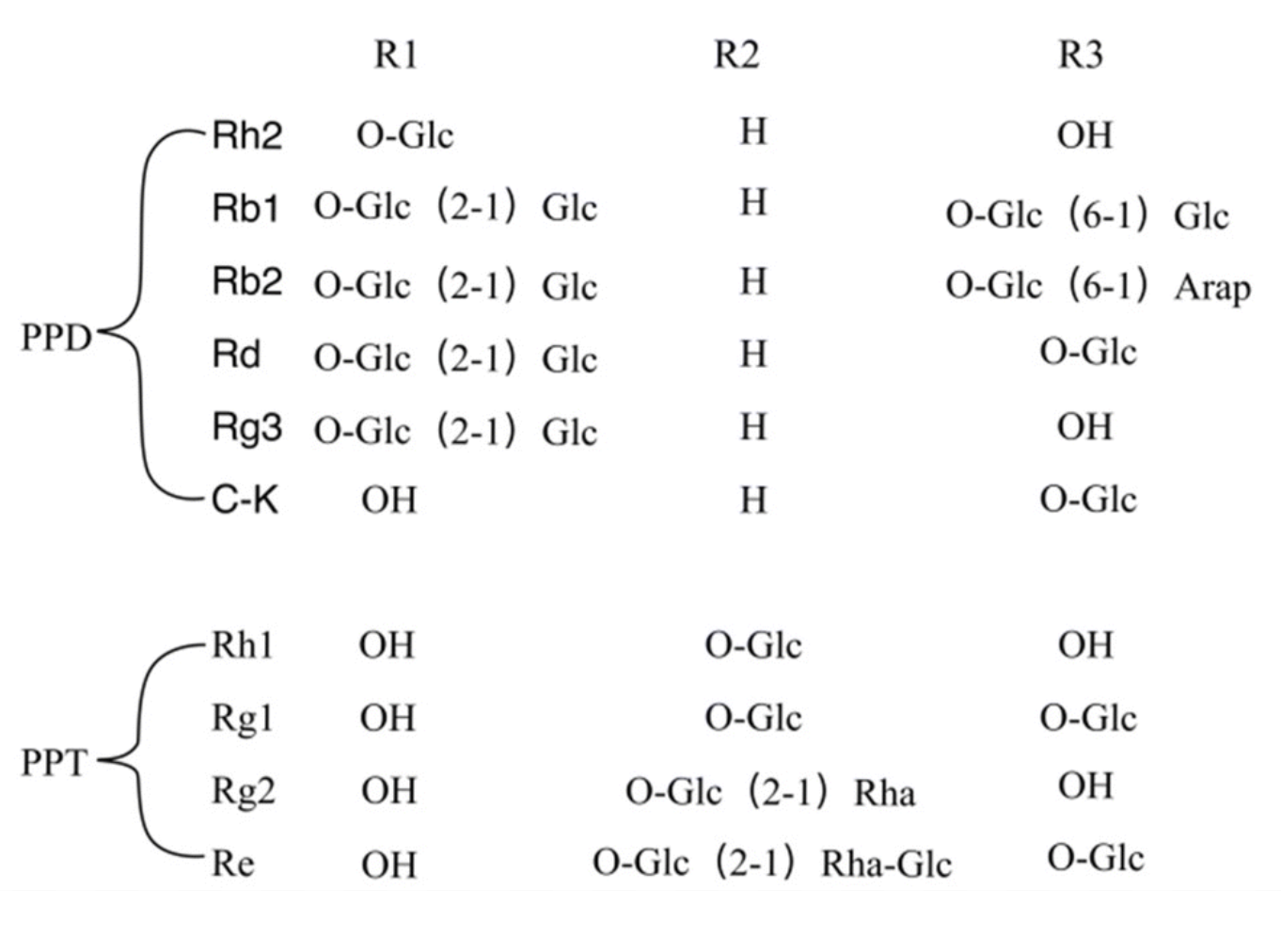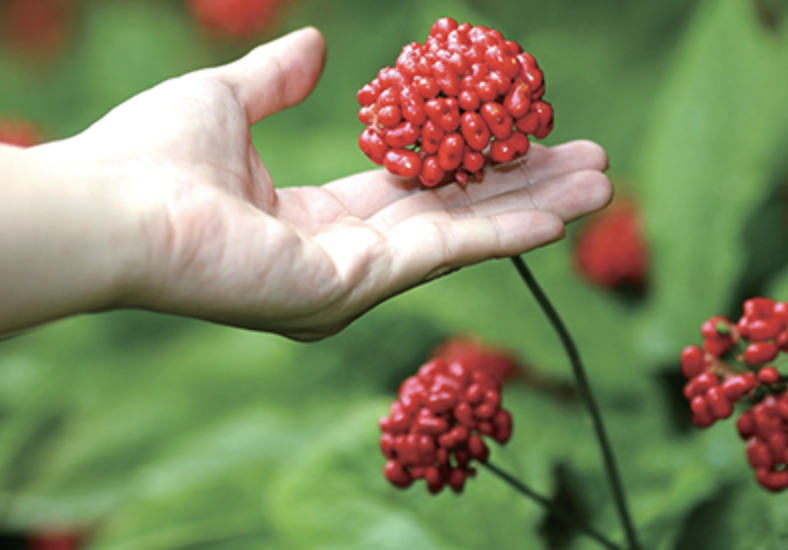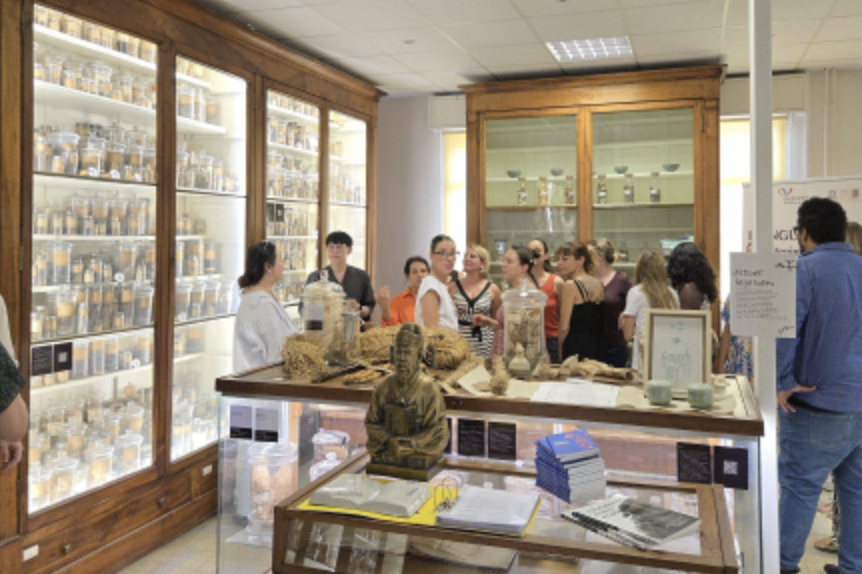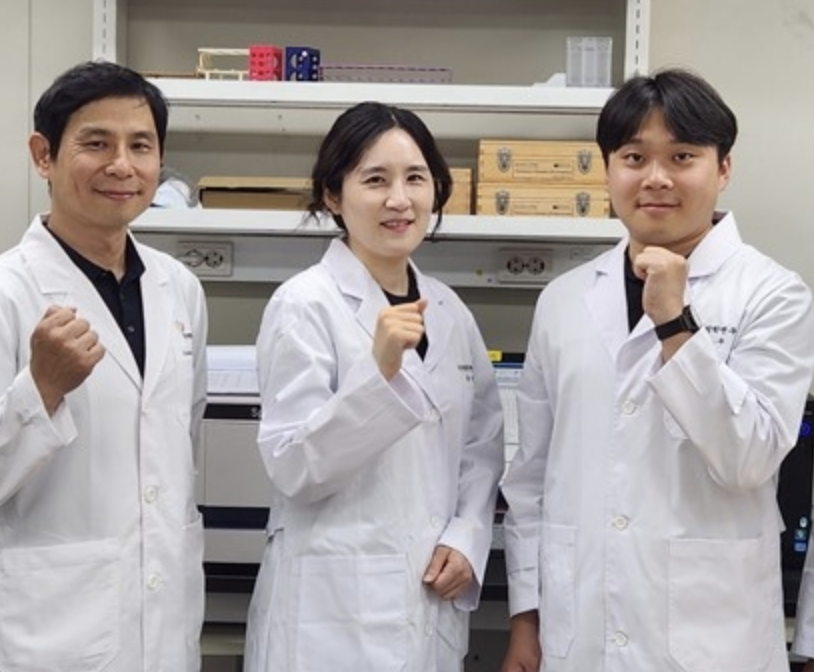Ginsenosides, the active triterpenoid saponins in Panax ginseng, exhibit promising anticancer properties but suffer from poor solubility, rapid clearance, and low bioavailability. Nanotechnology advancements—such as nanoparticle encapsulation, carrier-free nanodrugs, and ginseng-based carbon dots—are revolutionizing ginsenoside delivery to enhance stability, tumor targeting, and therapeutic efficacy
👉 Order High-Quality Korean Red Ginseng
A. Nanocarrier Systems & Pharmacokinetics
MDPI review details ginsenoside-based nano-delivery systems that improved pharmacokinetics, doubling bioavailability compared to free ginsenosides. For instance, Rb1 nanoparticles increased circulation and raised free-drug tissue levels to ~15% vs. ~5% for conventional forms
Ginseng-derived carbon dot nanocarriers (GCDs) offer eco-friendly, biocompatible options with reduced toxicity and potential diagnostic capabilities
B. Core–Shell & Carrier-Free Nanoginseng
Rb1/PPD core–shell “nano‑ginseng” (~110–120 nm) exhibits 96.8% loading and 27.9 wt % drug capacity, yielding a nine-fold increase in systemic half-life and enhanced tumor accumulation via the EPR effect
Carrier-free Rg3‑Rb1 nanodrugs self-assemble and show pH-sensitive release, stronger cytotoxicity against triple-negative breast cancer in vitro, and reduced off-target side effects
C. Anticancer Mechanisms
Ginsenoside-rich nanoparticles induce apoptosis, inhibit proliferation, block invasion and migration, and interfere with angiogenesis via multiple signaling pathways—PI3K/Akt, AMPK, NF-κB, EGFR, MMPs, and cell cycle regulators (p21/p53/CDKs)
Nanocrystals of Rh2 and Rg3 show enhanced anticancer effects in vitro, with magnetic Rg3 nanoparticles demonstrating targeted delivery and biocompatibility in liver cancer models
D. Translational & Regulatory Considerations
Nanoparticles face hurdles before clinical use: rigorous quality control, batch uniformity, safety, and efficacy validation. MDPI reviews emphasize that though many nanoparticle strategies are promising, few have entered human trials
Ginsenoside CK (compound K) nanocarriers improve solubility and bioavailability, though clinical data remain limited and more investigation is required
2. Blog-Style SEO Article (E‑E‑A‑T Certified)
Expertise
Nanotechnology is transforming the therapeutic potential of Panax ginseng’s ginsenosides. Peer-reviewed studies in MDPI and PMC illustrate how innovative nanoformulations—carrier-free nanoparticles, ginseng-based carbon dots, and magnetic assemblies—enhance stability, targeting, and therapeutic outcomes in cancer models.
Experience
Laboratory and preclinical researchers report dramatic improvements in tumor suppression, drug accumulation, and reduced side effects when using nanoginseng compared to free ginsenosides. Core‑shell and carrier‑free designs (Rb1/PPD, Rg3‑Rb1 nanodrugs) show strong promise.
Authority
Supported by authoritative studies:
MDPI nanocarrier pharmacokinetics and ginseng carbon dot review
Rb1/PPD nanoparticle fabrication and performance study
Carrier-free Rg3‑Rb1 nanodrugs against TNBC
Mechanism-focused reviews on ginsenoside-mediated apoptosis and metastasis inhibition
Rh2 and Rg3 nano-therapeutic development articles
MDPI review on clinical translation challenges
Trustworthiness
Research uses validated techniques—UPLC, TEM, pharmacokinetics models, cell assays, in vivo tumor studies. All sources are high-quality, peer-reviewed publications. Preclinical safety is strong, though human trials are still pending.
Why Long-Term Integration Makes Sense
Long-term consumption of ginseng nourishes body-wide resilience, while nanotherapeutic platforms are optimized for intermittent, targeted interventions. Once clinically approved, such strategies could combine chronic supplementation with precision nanodrug boosts.
Practical Guidance
For consumers: standardized ginseng supplements support ongoing wellness; choose high-quality sources.
For researchers: consider Rb1/PPD and Rg3‑Rb1 nanoformulations; monitor EPR effects and drug loading metrics.
Identify green delivery options (carbon dots, carrier-free nanodrugs) versus traditional carriers.
Follow developments in CK–nanocarriers for future trials.
Stay informed on clinical translation standards and regulatory updates.
By merging traditional Panax ginseng benefits with nanotechnology, we edge closer to safe, effective, targeted anticancer therapies grounded in centuries of herbal use—supported by cutting-edge science.
#ginsenosidenanotherapy #nanoginseng #cancerNanomedicine #ginsenganticancer #nanodrugdelivery









